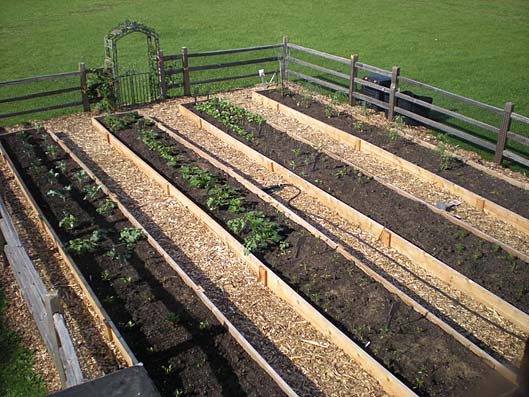Michigan Department of Agriculture Director Keith Creagh recently announced that Michigan’s horticulture industry ranks 5th in the U.S. for gross sales of horticulture crops with $566 million in sales in 2009.
“Michigan’s horticulture industry is strong in both wholesale and retail sales of our products,” said Creagh. “The sale of our horticulture products on a national level helps bring money into Michigan’s economy and supports our local communities.”
In addition to the national ranking for gross sales, Michigan ranks 2nd nationally in retail sales with $108 million and 5th nationally in wholesale sales with $459 million. Michigan ranks 1st in the nation in the production of begonia baskets, Easter lily pots, cut geraniums, geranium seeds, hostas, petunia baskets, New Guinea impatiens baskets, and impatiens in both flats and baskets.
The 2009 Census of Horticulture was recently released by the United States Department of Agriculture, National Agricultural Statistics Service (NASS).
It found that Michigan has 1,089 horticulture operations statewide which grow annual bedding and garden plants, herbaceous perennial plants, potted flowering plants, propagative materials, transplants for commercial vegetable production, cut Christmas trees, foliage plants, and food crops grown under protection.
Since the 1998 Census of Horticulture, Michigan’s sales of horticulture crops increased by 10 percent. The next census will be conducted in 10 years.

